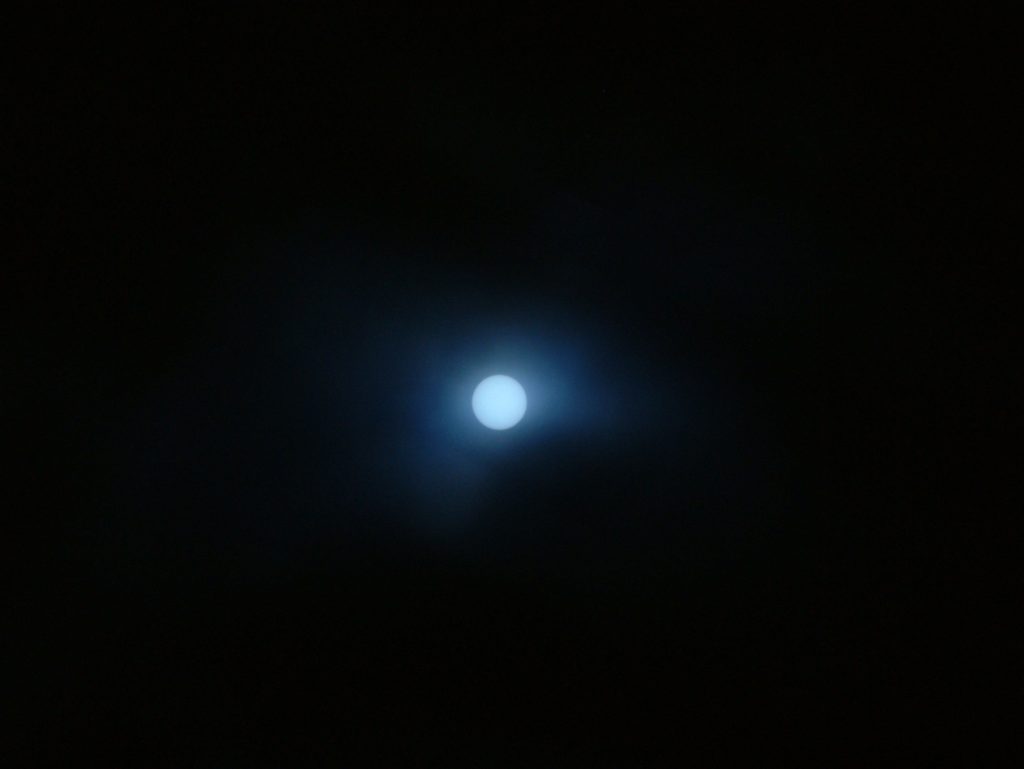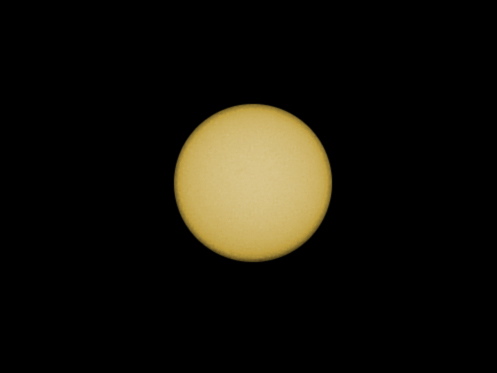There is no standard way in C to parse config files. Several libraries have sprung up to solve the problem, but perhaps that is overkill for what should be a simple operation.
Presenting: cfg_parse – a compile-in solution for reading key-value pairs from file(s), looking up settings, and writing a config file back to disk. I could write more about it, but the included main.c shows all the functionality.
// driver test program for cfg_parse
#include "cfg_parse.h"
#include <stdio.h>
int main(int argc, char **argv)
{
// Pointer to a cfg_struct structure
struct cfg_struct *cfg;
// Initialize config struct
cfg = cfg_init();
// Specifying some defaults
cfg_set(cfg,"KEY","VALUE");
cfg_set(cfg,"KEY_A","DEFAULT_VALUE_A");
// "Required" file
if (cfg_load(cfg,"config.ini") < 0)
{
fprintf(stderr,"Unable to load cfg.ini\n");
return -1;
}
// Several "optional" files can be added as well
// Each subsequent call upserts values already in
// the cfg structure.
cfg_load(cfg,"/usr/local/etc/config.ini");
cfg_load(cfg,"~/.config");
// Retrieve the value for key INFINITY, and print
printf("INFINITY = %s\n",cfg_get(cfg,"INFINITY"));
// Retrieve the value for key "KEY", and print
printf("KEY = %s\n",cfg_get(cfg,"KEY"));
// Delete the key-value pair for "DELETE_ME"
cfg_delete(cfg,"DELETE_ME");
// Dump cfg-struct to disk.
cfg_save(cfg,"config_new.ini");
// All done, clean up.
cfg_free(cfg);
return 0;
}
Download: cfg_parse.1.0.tar (version 1.0, 4kb .tar.gz)










